How was your Halloween?
After a night of trick-or-treating, my kids poured their candy haul on the kitchen table for me to inspect (and look for mini Snickers).
Among the lollipops and Haribos, I noticed a small box of “candy sticks.”
“Look at this!” I said, as I opened the tab and shook the long white chalky sticks into my hand.
“We called these ‘candy cigarettes’ when I was a kid.”
My children were aghast.
Then I started demonstrating how we would “smoke” them.
They were not impressed.
But it got me thinking about the days long ago when I’d go to the local Superette market (across the street from Pizza Hut) and buy a pack of candy smokes for a dime.
And seeing the repackaged candy sticks got me thinking, “Where did candy cigarettes come from?”
I was curious…
While my introduction to candy cigarettes happened in the 1980s, the idea of combining cigarettes and candy dates back a century earlier, when chocolate candy cigars and cigarettes hit the market.
By the 1920s, marketing for candy cigarettes was targeting “young sports” – and kids were imitating Dad with their candy “Poll Moll” and “Cammels.”
But not all tobacco companies were onboard with the candy imitations infringing on their trademarks.
Lucky Strike filed a lawsuit in 1928 at the “Lucky Smokes” candy imitation of their product, and ran ads encouraging customers to “Reach for a Lucky and not for a sweet.”
But the feud between tobacco and confectioners didn’t last long, as tobacco companies realized candy cigarettes were “not too bad an advertisement” for them.
Tobacco company Brown & Williamson even sent cigarette labels to help candy designers create more accurate packaging for their sugary sticks.
Candy cigarettes were cheap – and stocked on low shelves, so it’s no surprise the majority of them were sold to children between the ages of 4 and 8.
But then, as Mad Men told us, attitudes toward smoking changed in the 1960s.
That’s when the US Surgeon General issued a report about smoking and health, concluding that smoking caused lung cancer.
Suddenly, marketing candy smokes to kids didn’t seem like such a great idea…
North Dakota was the first state to extinguish candy cigarettes back in 1953. Anyone caught selling the candy smokes faced a $1000 fine and up to 90 days in jail.
In June of 1966, Head of the US Food and Drug Administration Dr. James L Goddard addressed the National Confectioners Association, asking them to retire the candy cigarette “for the sake of our growing youth.”
But Goddard and other states that considered banning candy cigarettes over the next two decades were no match for Big Tobacco and the confectionary companies – and their lobbyists.
Lawmakers who suggested a ban of candy cigarettes were mocked by lobbyists for spending their time on such “frivolous” issues.
Lobbyists also saw language expanded in these bills to the point where even the Tootsie Roll was at risk of being banned.
In 1991, The New York Times attacked the House of Representatives for going after candy cigarettes instead of tobacco.
So candy cigarettes stayed on the market.
But as more research was shared in the 1990s, the link between children who bought candy cigarettes and later became smokers was more apparent.
And the candy companies suppressed (and altered) research that did not support their position.
Even in 1993, candy companies were ready to fight anyone attempting to ban their “fun healthy food.”
But the popularity of actual cigarettes was waning, and that affected the popularity of candy cigarettes, too.
In the end, it wasn’t lawmakers who killed candy cigarettes.
It was consumers.
In 2003, Wal-mart decided to stop stocking candy cigarettes, and US lawmakers called the time of death for candy cigarettes in 2009.
The FDA issued the Family Smoking Prevention and Control Act in June that year, and banned candy and fruit-flavored cigarettes in September.
So was it advertising or role models that influenced the next generation of smokers?
Depends who you ask…
When I was a kid, I enjoyed a candy cigarette from time to time, but always thought cigarette smoking was “gross.”
And modeling how we used to “smoke” the “candy sticks” to my kids, I was reminded that those chalky sticks were never that tasty either.
One more thing…
Although the sale of candy cigarettes has also been banned in many other countries, including Australia, Brazil, Finland, Norway, Ireland, Turkey, Saudi Arabia, and the UK, I did manage to find a 24-pack online.
Though it’s marked as “candy” on the box, it sure resembles the old candy cigarette boxes I remember.
I might buy a box for 10 cents for nostalgia’s sake, but not £60!
I’d love to hear — did you grow up “smoking” candy cigarettes?
Please share in the comments!
Recent Writing
In case you missed it…
When I read about Paramount’s latest round of layoffs, I immediately thought of my favorite quote from Jurassic Park:
Find out why Paramount’s layoffs have me thinking about Jurassic Park in this article I wrote: Don’t Tell Me - Show Me.
How can I help?
I’ll keep saying it: Communication matters.
If you want to improve your communication (and get all the good things that come with that), I’m your gal.
So many companies could reap massive rewards – from performance and culture to retention and engagement – by improving their communication.
So, if you know someone who could benefit from some help (as even the most seasoned leaders do), please get in touch and check out my website for more information.
You can also see my Top 10 list of what I can (and can’t) do for you here.
And if you see any communication examples (the good, the bad, and the ugly) that you think are worth analyzing or sharing, please send them my way!
Stay Curious!
-Beth








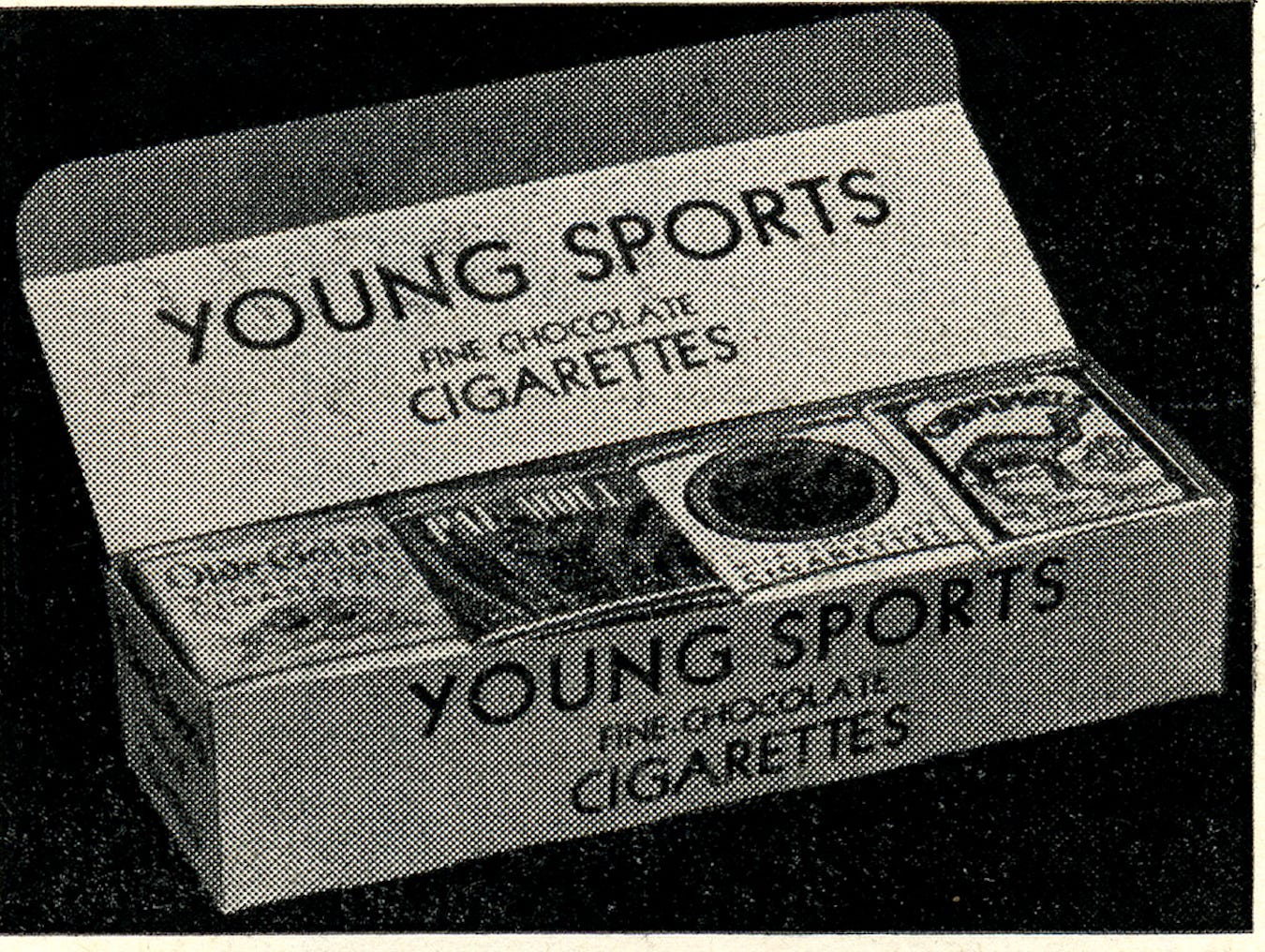
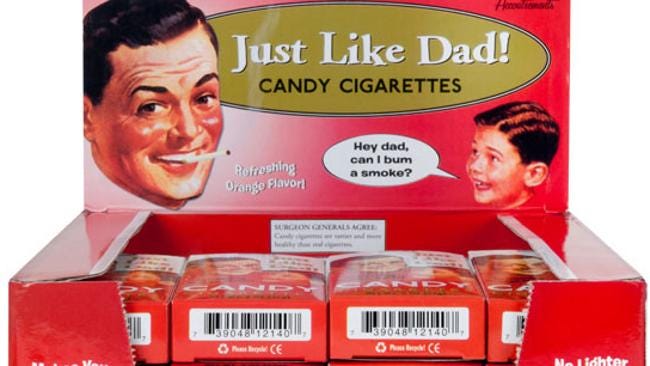
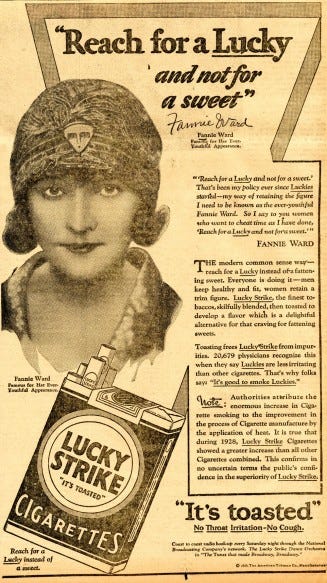
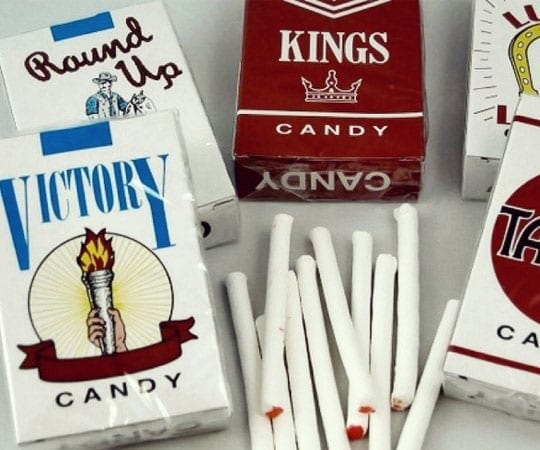

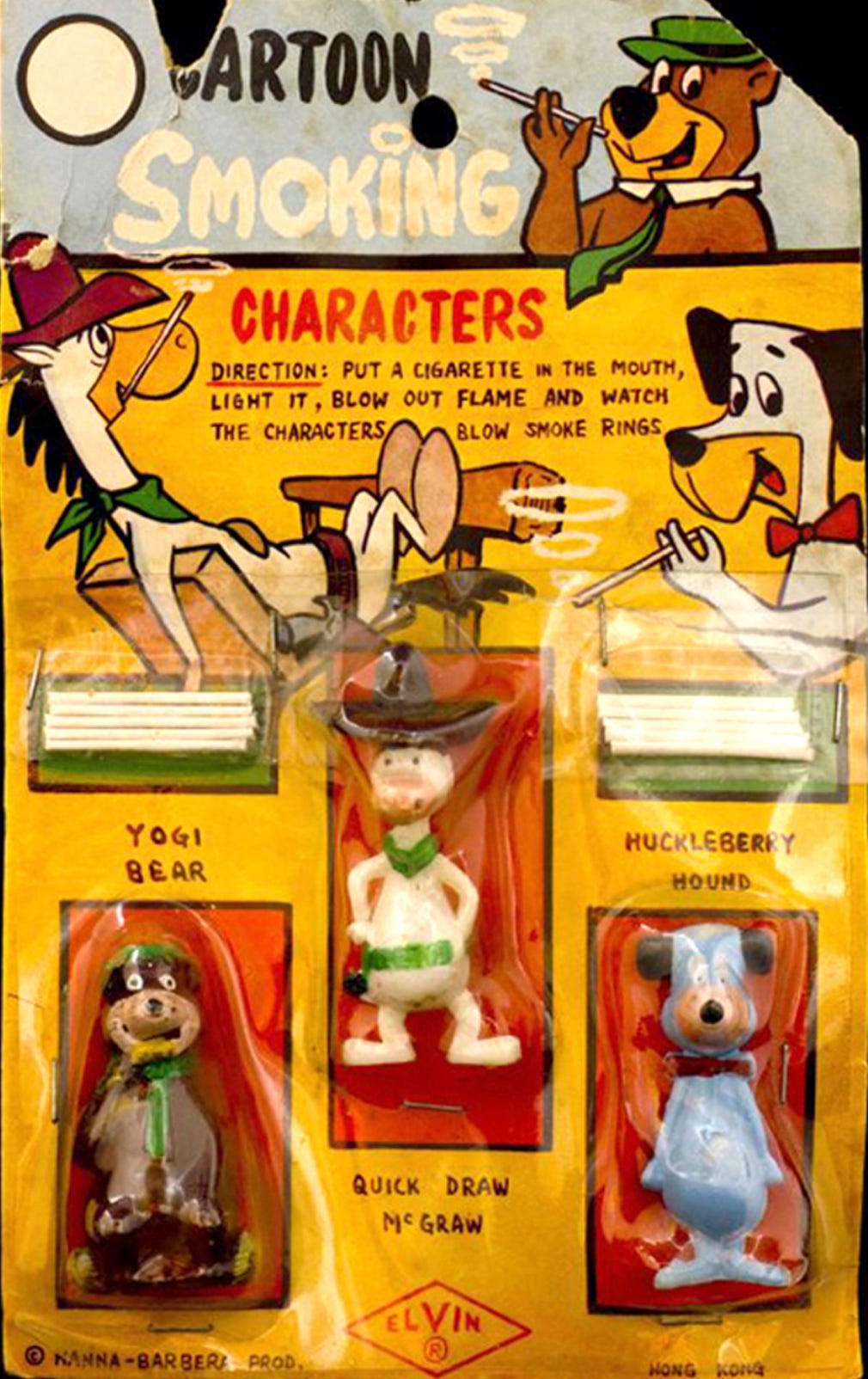

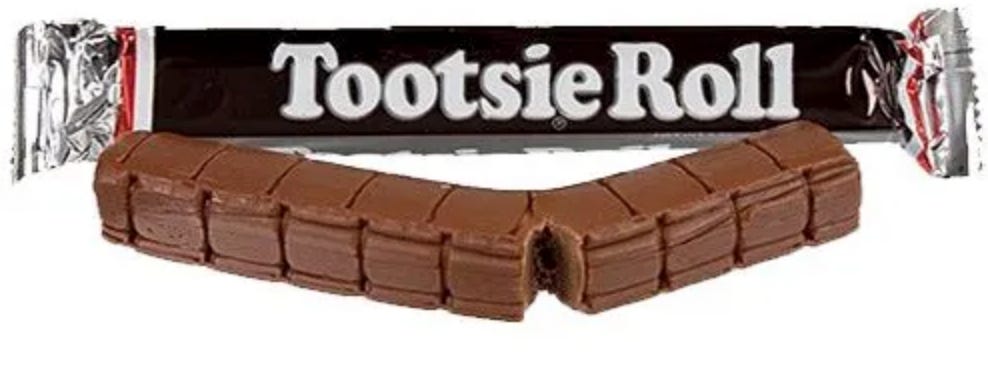



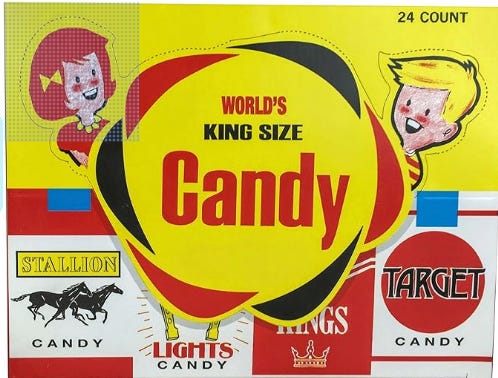

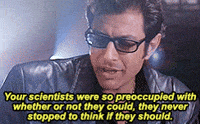

This was the first Curious Minds to arrive in my inbox and I loved this article. In fact, it started a pub conversation that evening. Among our unscientific sample of middle-aged British men, we all remembered enjoying "sweet cigarettes" and pretending to light them and inhale, but none of us went on to become smokers.
This made me laugh out loud on a very busy train into London! Reminded me of something I LOVED here in the UK in the 1970s - the child’s version of chewing tobacco made from coconut - Spanish Gold - man, I loved it 😍